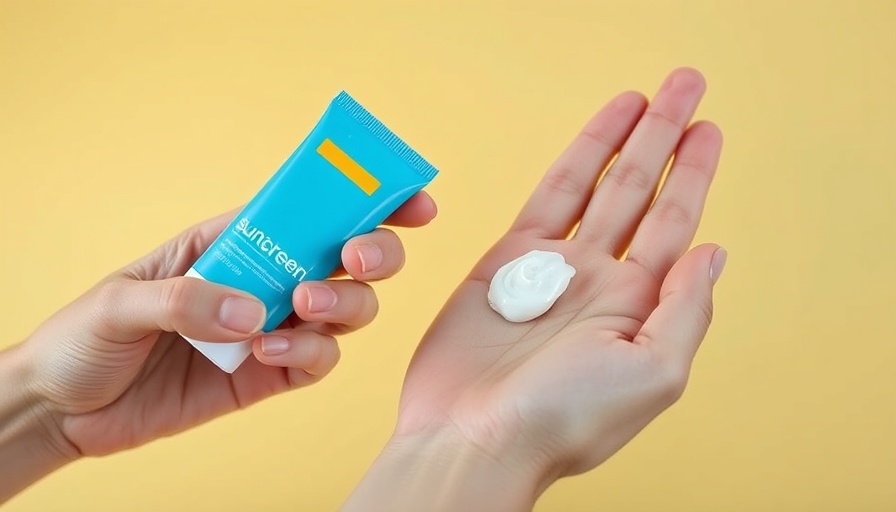
Understanding the Power of Foam Rolling for Runners
For many runners, the infamous foam roller often collects dust in a corner, seen more as a fitness accessory than a necessity. But as countless athletes can testify, incorporating foam rolling into your routine can make a world of difference, both before and after hitting the pavement. So, what exactly is foam rolling, and why should runners embrace it?
What is a Foam Roller?
A foam roller is a cylindrical tool typically made of soft foam, designed to serve as a self-massage instrument targeting muscle tightness and tissue soreness. About thirty centimeters in length, this piece of equipment promotes circulation and is a valuable tool for preventing injuries as well as improving performance. Before you grab one, though, it’s essential to choose the right foam roller. The hardness of the roller matters; opt for one that allows you to relax and apply gentle pressure while rolling out those sore spots.
The Benefits of Foam Rolling Before and After Your Run
Foam rolling is not merely about relaxation; it plays a vital role in your running performance and recovery. Before your workout, using a foam roller helps warm up your muscles by increasing blood flow. This enhanced circulation boosts your muscles' flexibility, increases range of motion, and decreases the risk of injuries, which are crucial elements for any serious runner.
After your run, foam rolling serves as a cooling mechanism for your body, reducing muscle soreness by flushing out lactic acid and releasing muscle knots. The alleviated tension can lead to a much smoother recovery and leave you less fatigued. This means you’ll be more ready for your next training session—essential for any athlete aiming to improve.
Practical Insights: When and How to Use Your Foam Roller
Integrating foam rolling into your routine can be simple and straightforward. Start by using it during your warm-up to prepare your muscles. Focus on areas like your calves, quadriceps, and hamstrings, where tightness often occurs. Spend about 30 seconds on each area, gradually increasing pressure based on your comfort.
Post-run, shift your focus slightly. Even if you experience pain while rolling, remember that discomfort should dissipate almost immediately once you ease off the pressure. If you're new to foam rolling, consider working with a physical therapist or trainer for your first few sessions to master the technique—learning the correct form can drastically improve results.
Debunking Myths Around Foam Rolling
Despite its benefits, some runners overlook foam rolling due to misconceptions. One common myth is that foam rolling is too painful or unnecessary for all runners. This perception stops many from reaping its rewards. However, foam rolling shouldn’t be excruciating; the goal is to relieve tension, not inflict pain.
Another fallacy is that foam rolling is only for recovery. In truth, it can significantly enhance performance during warm-ups and workouts. The more you explore, the more you'll discover the versatility and necessity of this powerful tool.
Future Trends: The Evolving Understanding of Muscle Recovery
The fitness world continuously evolves, and foam rolling is forging its path, backed by science. Future studies may further illuminate the intricate relationships between fascial health, muscle recovery, and athletic performance. Already, trends indicate a growing acceptance of self-myofascial release methods among both athletes and recreational runners, leading to a more profound understanding of injury prevention.
Your Path to Better Recovery Awaits
As the running community becomes more aware of its fundamentals, the conversation around recovery methods like foam rolling is likely to expand. The next step is simple: integrate foam rolling into your routine as a non-negotiable aspect of your training. The benefits are clear, and the reward—enhanced performance and reduced injury risk—is indispensable for any dedicated runner.
Have you tried foam rolling yet? If not, it’s time to grab your roller and begin your journey towards a more effective running regimen. Your muscles will thank you later!
 Rij toevoegen
Rij toevoegen






Write A Comment